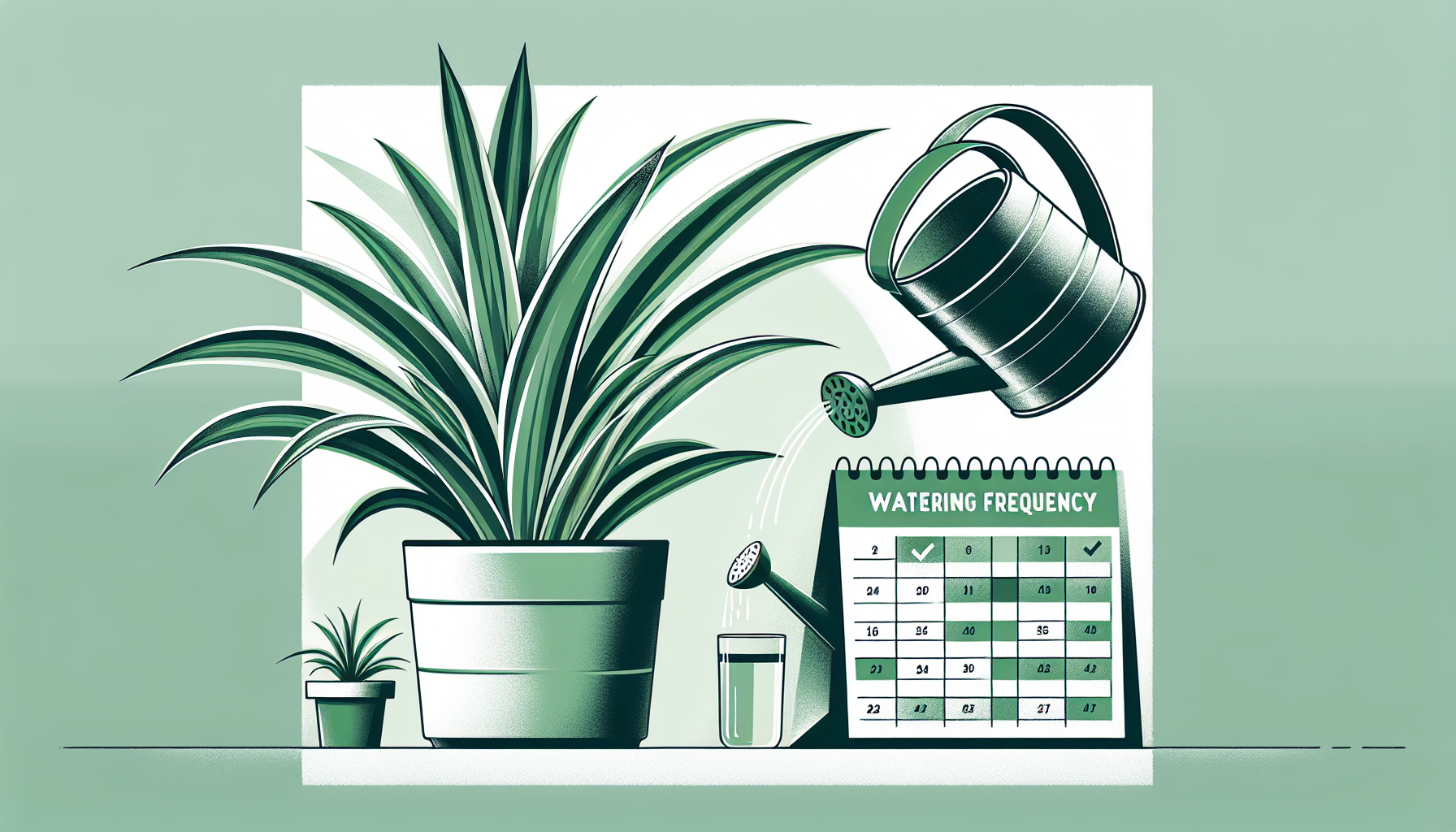
how often to water spider plant
How Often to Water Spider Plant: A Complete Guide
Spider plants (Chlorophytum comosum) are beloved houseplants known for their hardiness and air-purifying abilities. However, like any plant, they require the right care to thrive. One of the most common questions asked by spider plant owners is: "How often should I water my spider plant?" In this guide, we’ll explore the factors that affect watering frequency and how to keep your spider plant happy and healthy.
How Often Should You Water a Spider Plant?
In general, spider plants prefer to be watered once a week. However, the exact frequency depends on several factors, including the size of the pot, the type of soil, the environment, and the season. Here are some guidelines to help you determine when to water:
- Spring and Summer: During the growing season, water your spider plant once a week or when the top inch of soil feels dry to the touch.
- Fall and Winter: Spider plants enter a dormant phase in cooler months, so they require less water. Water them every 2-3 weeks, or when the soil is completely dry.
- Indoor Conditions: If your home has low humidity, you may need to water slightly more often. Conversely, if the air is very humid, you may need to water less frequently.
Signs Your Spider Plant Needs Water
Knowing when your spider plant needs water is crucial for its health. Here are some signs to watch for:
- Dry Soil: Check the top inch of soil. If it feels dry, it’s time to water.
- Wilting Leaves: If the leaves start to droop or look limp, your plant may be thirsty.
- Browning Leaf Tips: While this can also be caused by other factors, it might indicate that the plant is underwatered.
Signs of Overwatering
Overwatering is one of the most common mistakes in spider plant care. Here are some signs that you may be giving your plant too much water:
- Yellowing Leaves: If the leaves start to turn yellow, it’s a sign of overwatering.
- Mushy Roots: Check for root rot by gently removing the plant from its pot. Healthy roots are white, while overwatered roots are brown and mushy.
- Persistent Wet Soil: If the soil stays wet for days after watering, it could indicate poor drainage or overwatering.
Tips for Proper Watering
To ensure your spider plant stays healthy, follow these watering tips:
- Use Well-Draining Soil: Spider plants thrive in soil that allows excess water to drain easily. A mix of potting soil and perlite works well.
- Check the Drainage: Make sure your pot has drainage holes to prevent water from pooling at the bottom.
- Water Thoroughly: When you water, do so until the water runs out of the drainage holes. This ensures the roots get enough moisture.
- Let the Soil Dry: Always allow the top inch of soil to dry out before watering again.
- Adjust for Humidity: If you live in a dry climate, consider misting your spider plant or placing a tray of water near it to increase humidity.
Conclusion
Watering a spider plant doesn’t have to be complicated. By paying attention to the soil, the environment, and the plant’s needs, you can keep your spider plant healthy and thriving. Remember to adjust your watering schedule based on the season and environmental conditions. If you’re ever unsure, it’s better to underwater slightly than to overwater. Happy gardening!
For more tips on houseplant care, check out our Houseplant Care section.